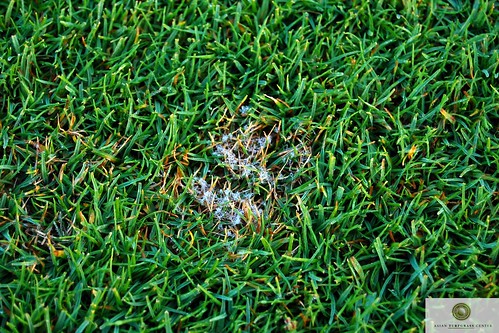Conferences are a great way to find out the latest research results from Universities and independent researchers in your region. Organizers generally arrange for a variety of different speakers and topics ranging from disease management to weed management to cultural management practices.
Although I have only been to a few conferences so far this year (with many more to come), they have all been full of useful information for turf managers. Below are some highlights of the most recent talk I heard:
Anthracnose basal rot (Dr. Jim Murphy, Rutgers @ Eastern PA Turf Conference): Dr. Murphy summarized some of the research that he and Dr. Clarke have been working on over the past few seasons. The most surprising results are that many of the traditional recommendations provided to turfgrass managers have actually been wrong. Some findings of their work include:
- Topdressing can actually help to reduce anthracnose (presumably by burying and protecting the crown of the plant)
- Greenspeed can be maintained and anthracnose reduced by increasing N fertility and rolling instead of lowering mowing heights
- PGRs commonly used for suppressing annual bluegrass seedheads do not increase disease incidence and in certain years have decreased disease severity
- Extremes in irrigation (too much or too little) can exacerbate disease activity
To view some of the upcoming events that may be in your area, check out our calendar page.
Disease Update:
The snow has melted in many parts of the Northeast following some warmer weather revealing Microdochium patch and cool-temperature brown patch. Golf course superintendents from around the area should also be cautious about the lack of protection on the exposed turf AND also watch out for any rapid thawing/freezing of ice...especially where annual bluegrass populations are high.
As for me, I am listening to the updates of the unusually cold and snowy conditions at the British & International Golf Greenkeepers Association meeting (Harrogate) in England. Hopefully I will be able to give an International Update in the coming weeks with any useful information obtained from the meeting.
Signing off from the large island across the pond...


























